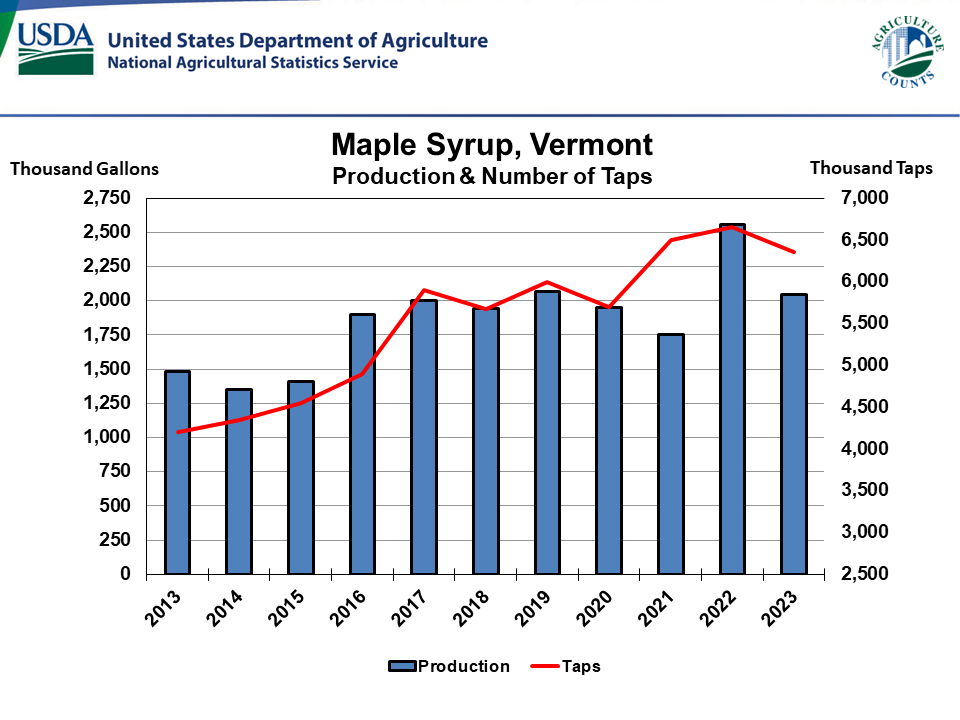Vermont adapts
And plans on keeping its maple syrup business even as climate change pushes that niche poleward
Great Guardian reporting on how the sap/sugar/syrup industry in Vermont is adapting to climate change, which is increasingly turning trees on and off in ways that demand such flexibility and ingenuity.
Vermont’s maple industry has been booming over the past three decades through a combination of adapting to climate change and upgrading its technology.
Driving this surprising growth is new technology and shifting tapping timelines. Those blue vacuum tubes the students used to suck sap out of the trees and channel it directly to the sugar shack have been key in increasing yields, as have the vacuum pumps often attached to the end of such tubing. Today’s tappers don’t have to haul sloshing buckets of sap through the snowy forest every few days, as previous sugarmakers did. Even small teams have the capacity to pull gallons more from the trees.
The reference to students concerns the industry’s ongoing efforts to train the next generation while shaping their career interest.
The period for tapping trees is surprisingly widening with climate change because once was a deep winter freeze is now something much milder, temp-wise:
Maple trees depend on temperatures cycling above and below freezing for sap to run – and the window during which that can happen is widening. Traditionally, Vermonters tap their trees around “Town Meeting” day, an annual March election holiday. But now, producers put taps out as early as December. Modern taps and vacuum tubing make it so that sugarmakers can keep taps for months longer, without bacteria or fungi clogging the taps.
“The technology wasn’t specifically generated to counter the impacts of climate change,” explained Eric Sorkin, the owner and producer at Runamok Maple. “The technology was developed to increase yields and has also helped mitigate the impacts of climate change. So we’re doing a better job getting more out of the tree, which is offsetting some of the negative impacts of climate change, which would be pushing the other direction.”
But here’s the trick, once the trees bud in the spring, their sugar gets rerouted into leaf production, souring the sap at that point. So, what was once a steady seasonal rhythm is now a shifting landscape that has “migrated” across the calendar.
Just as important as adapting to climate change is the wider effort to avoid tree death.
This is pursued along a number of lines, creating deeper diversity of tree species in the woods (better protection against migrating pests), seeking a balance between old and young trees (better protection against high winds), and generally shifting from sugar maple trees to red maple trees that exhibit more flexibility vis-a-vis conditions.
Keep reading with a 7-day free trial
Subscribe to Thomas P.M. Barnett’s Global Throughlines to keep reading this post and get 7 days of free access to the full post archives.





